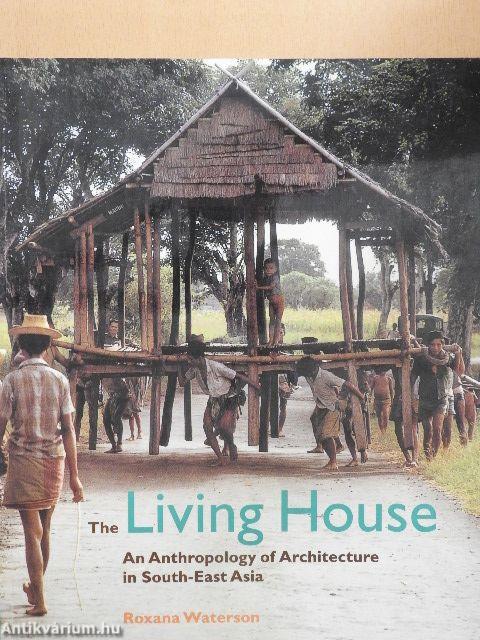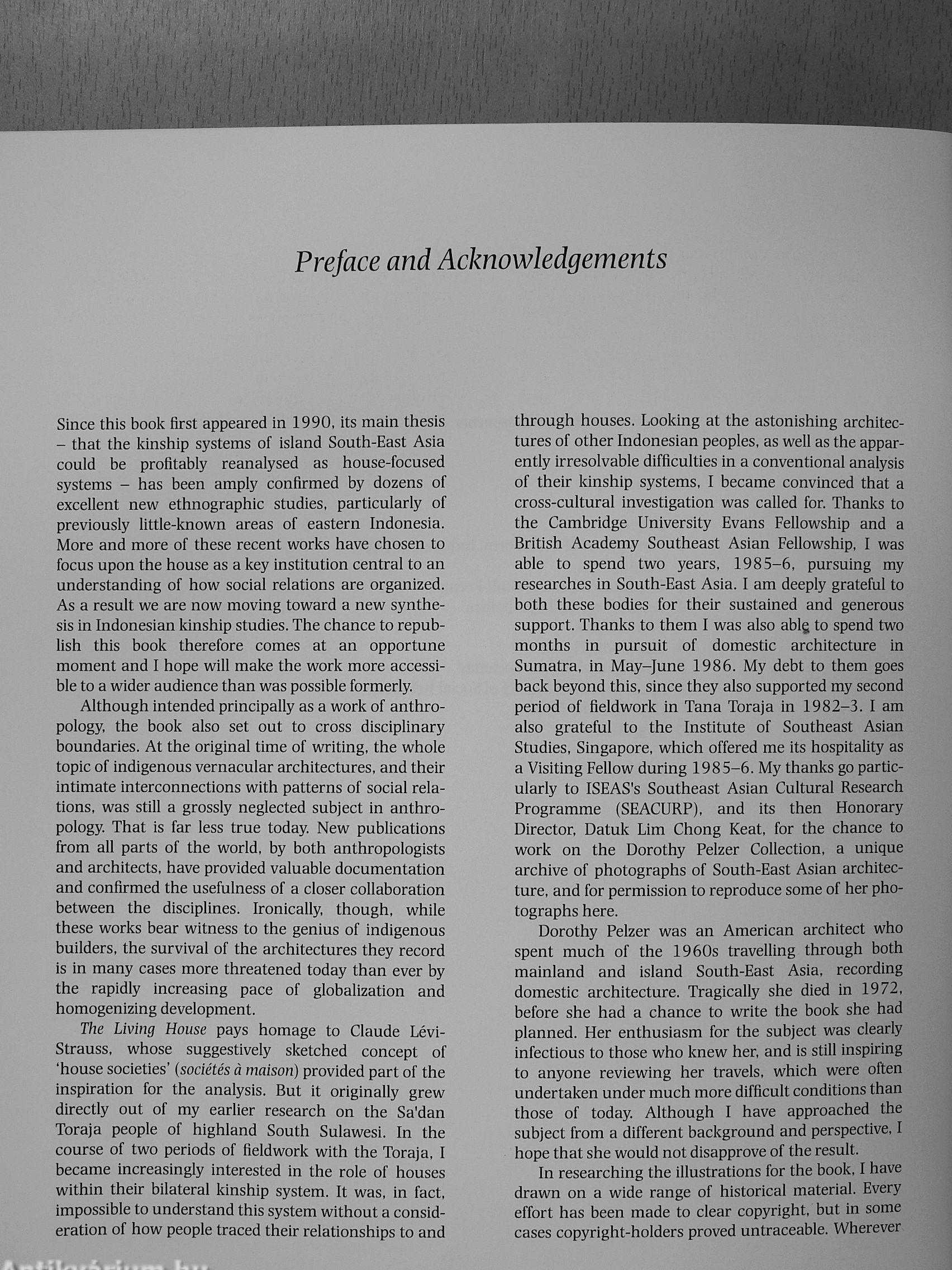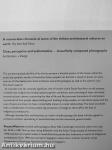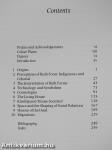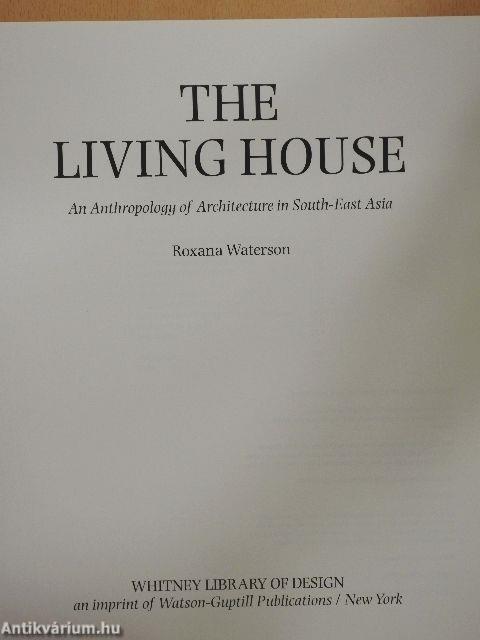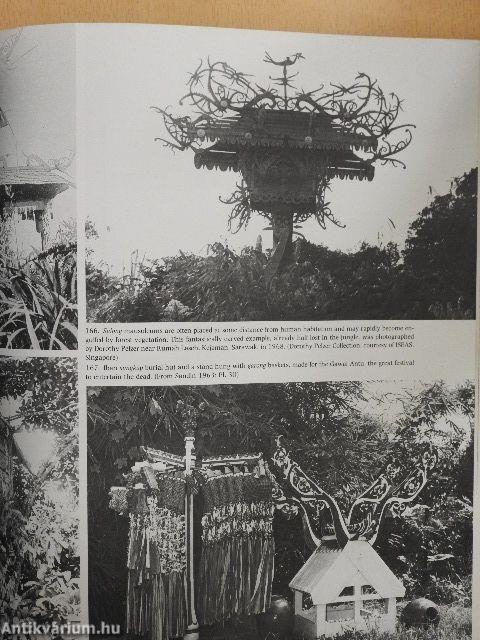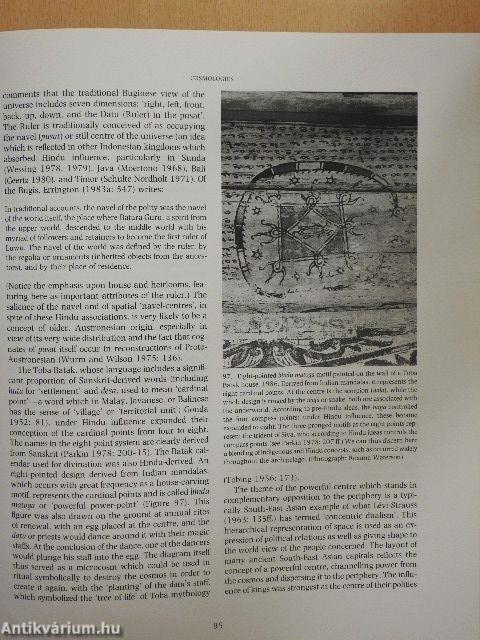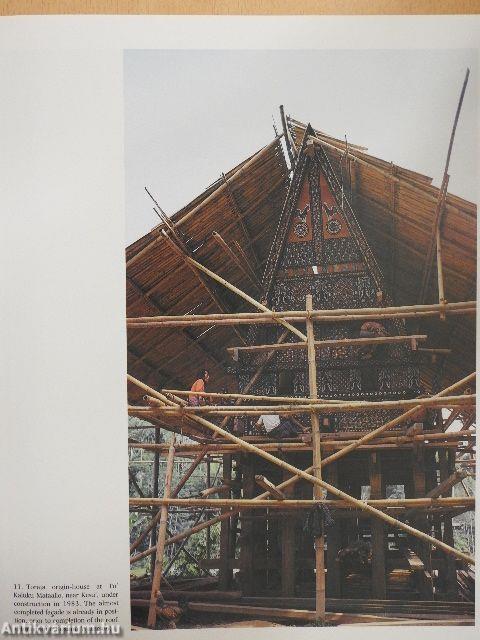1.061.259
kiadvánnyal nyújtjuk Magyarország legnagyobb antikvár könyv-kínálatát

VISSZA
A TETEJÉRE
JAVASLATOKÉszre-
vételek
The Living House
An Anthropology of Architecture in South-East Asia
| Kiadó: | Whitney Library of Design |
|---|---|
| Kiadás helye: | New York |
| Kiadás éve: | |
| Kötés típusa: | Varrott papírkötés |
| Oldalszám: | 263 oldal |
| Sorozatcím: | |
| Kötetszám: | |
| Nyelv: | Angol |
| Méret: | 25 cm x 22 cm |
| ISBN: | 0-8230-2835-6 |
| Megjegyzés: | Színes és fekete-fehér fotókkal, illusztrációkkal. |
naponta értesítjük a beérkező friss
kiadványokról
naponta értesítjük a beérkező friss
kiadványokról
Előszó
TovábbFülszöveg
A memorable chronicle of some of the richest architectural cultures on earth The New York Times
Clear, perceptive and authoritative .,, beautifully composed photographs
Architeaure + Design
This pioneering book, the first of its l<ind to present a detailed picture ofthe house within the social and symbolic worlds of South-East Asian peoples, has become a classic. It draws on many sources of information, from both architects and anthropologists, as well as the author's own first-hand research.
As it probes into the centrally significant role of houses within South-East Asian social systems, it reveals new insights into kinship systems, gender symbolism, and cosmological ideas, ultimately uncovering basic themes concerning the idea of life and life processes themselves. A vivid picture is produced of how people shape buildings and buildings shape people, as rules about layout and the uses of space are shown to have a remarkable impact on social relationships.The book concludes... Tovább
Fülszöveg
A memorable chronicle of some of the richest architectural cultures on earth The New York Times
Clear, perceptive and authoritative .,, beautifully composed photographs
Architeaure + Design
This pioneering book, the first of its l<ind to present a detailed picture ofthe house within the social and symbolic worlds of South-East Asian peoples, has become a classic. It draws on many sources of information, from both architects and anthropologists, as well as the author's own first-hand research.
As it probes into the centrally significant role of houses within South-East Asian social systems, it reveals new insights into kinship systems, gender symbolism, and cosmological ideas, ultimately uncovering basic themes concerning the idea of life and life processes themselves. A vivid picture is produced of how people shape buildings and buildings shape people, as rules about layout and the uses of space are shown to have a remarkable impact on social relationships.The book concludes with a consideration of some present day processes of change as these affect the fate of indigenous architectures.
Although intended first and foremost as a work of anthropology, this book will also appeal to architects, scholars specializing in South-East Asia, and the interested general reader.
RoxanaWaterson studied anthropology at New Hall, Cambridge University, where she took her Ph.D in 1981. She has been doing fieldwork with the Sa'dan Toraja people of Sulawesi since 1978, and she has traveled widely in South-East Asia, particularly Indonesia, in search of indigenous architectures. Since 1984 she has lived in Singapore, where she is a Senior Lecturer in the Department of Sociology, National University of Singapore. Vissza
Témakörök
- Idegennyelv > Idegennyelvű könyvek > Angol > Művészetek > Építészet
- Idegennyelv > Idegennyelvű könyvek > Angol > Művészetek > Művészettörténet, általános
- Idegennyelv > Idegennyelvű könyvek > Angol > Művelődéstörténet
- Idegennyelv > Idegennyelvű könyvek > Angol > Néprajz
- Művelődéstörténet > Civilizációtörténet > Keleti
- Művelődéstörténet > Kultúra > Kultúrantropológia
- Néprajz > Tárgyi néprajz > Népi építészet
- Néprajz > Tárgyi néprajz > Társadalom > Egyéb
- Művészetek > Művészettörténet általános > Társadalom és művészet > Egyéb
- Művészetek > Művészettörténet általános > Idegen nyelv > Angol
- Művészetek > Építészet > Kontinensek szerint > Ázsia > Távol-Kelet
- Művészetek > Építészet > Idegen nyelv > Angol
- Művészetek > Építészet > Műemlékek > Népi műemlékek



